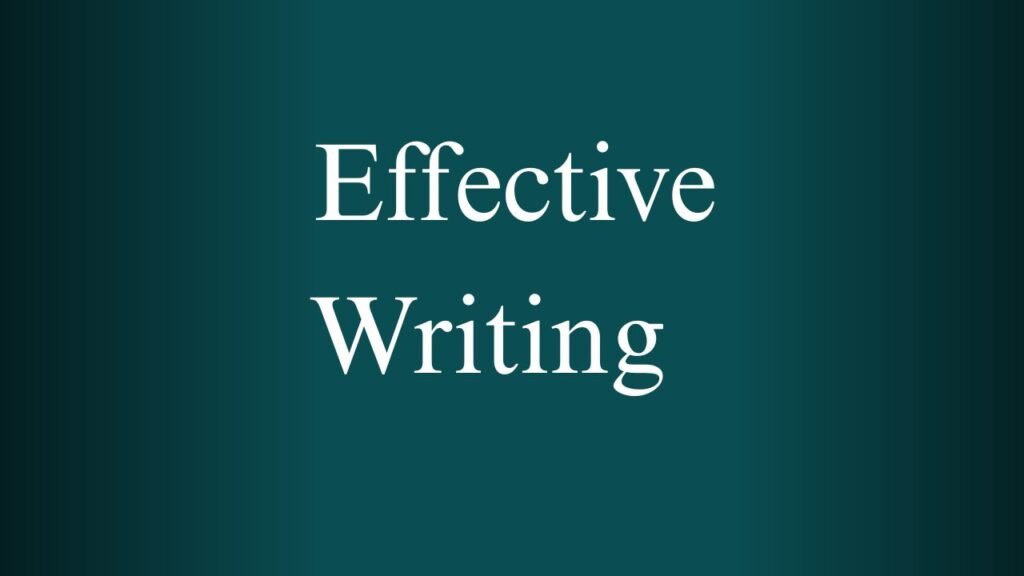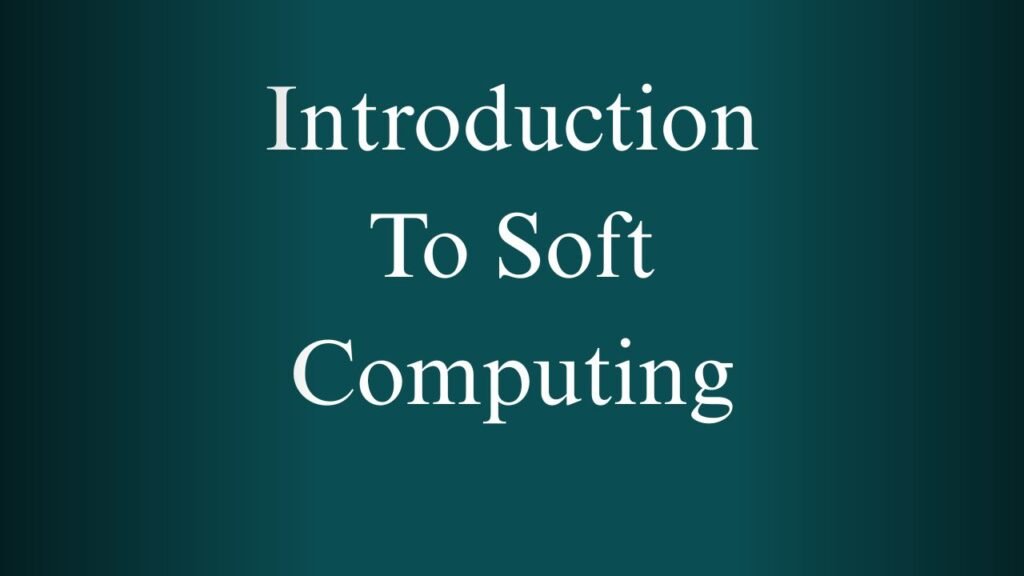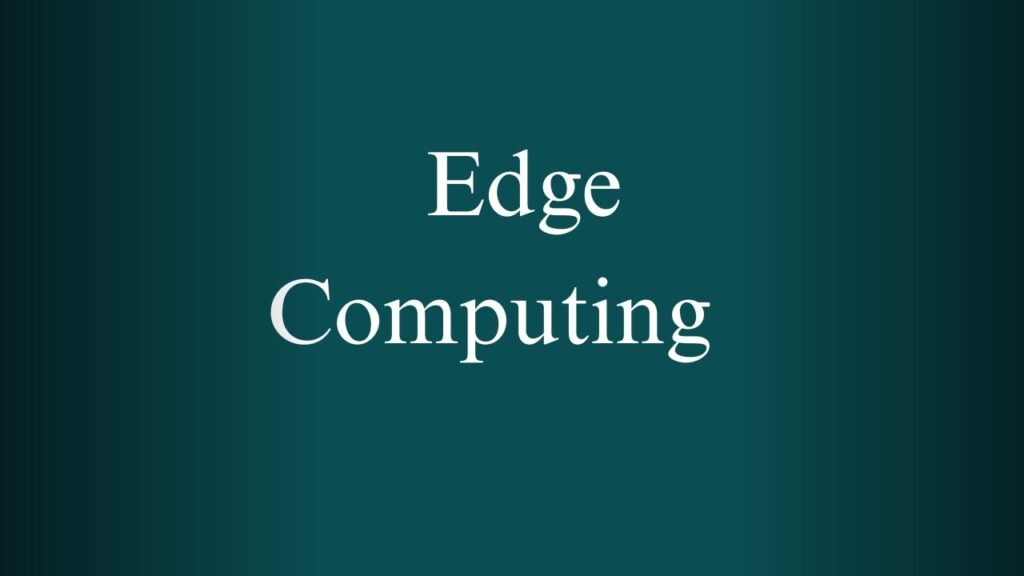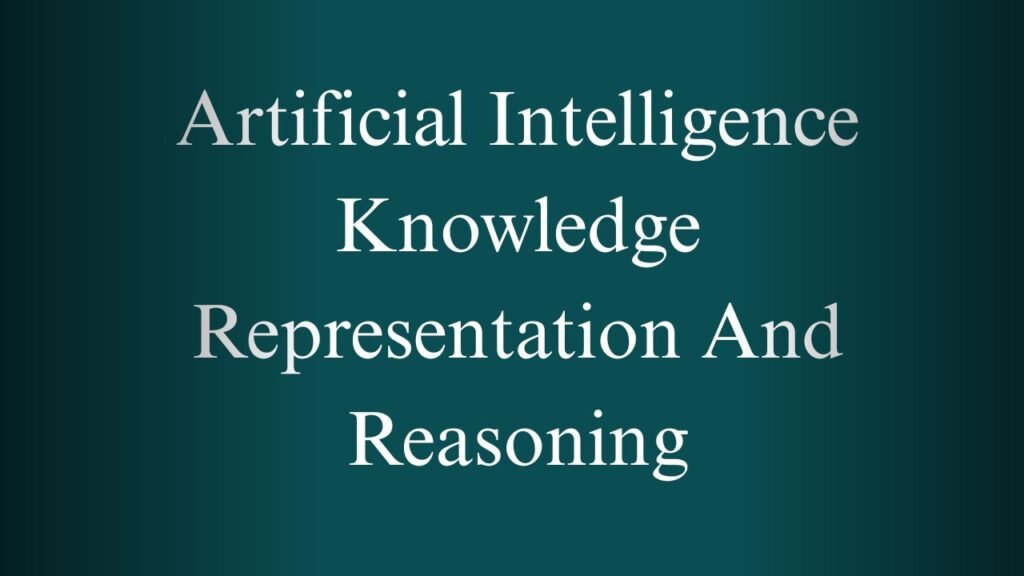NPTEL Cloud Computing Week 1 And 2 Assignment Answers 2025
1. Which of the following fall(s) under the “essential characteristics” of cloud computing?
A. Resource Pooling
B. Measured Service
C. Rapid Elasticity
D. Latency
✅ Answer: A, B, C
📝 Explanation: Latency is a performance metric, not a core characteristic. The essential characteristics include On-Demand Self-Service, Broad Network Access, Resource Pooling, Rapid Elasticity, and Measured Service.
2. “Google Slides” is an example of:
A. PaaS
B. IaaS
C. SaaS
D. FaaS
✅ Answer: C
📝 Explanation: Google Slides is a Software as a Service (SaaS) application.
3. Which of the following is/are public cloud platforms?
A. Windows Server Hyper-V
B. Google Cloud Interconnect
C. Amazon Virtual Private Cloud
D. Microsoft Azure
✅ Answer: D
📝 Explanation: Microsoft Azure is a public cloud platform. Others listed are tools or components but not standalone public cloud platforms.
4. VM technology allows multiple virtual machines to run on a single physical system.
A. True
B. False
✅ Answer: A
5. Which one of the following is/are disadvantage(s) of cloud computing?
A. Resource pooling
B. It requires an always-on internet connection.
C. Ubiquitous
D. On-demand payment policy
✅ Answer: B
📝 Explanation: Internet dependency is a common drawback.
6. For less data-intensive applications, horizontal scale-out elasticity is the ideal solution.
A. True
B. False
✅ Answer: B
📝 Explanation: Vertical scaling may be more suitable for less data-intensive workloads.
7. The combination of Service-Oriented Infrastructure and Cloud Computing realizes to_______
A. FTP
B. SNTP
C. XaaS
D. FaaS
✅ Answer: C
📝 Explanation: XaaS (Everything as a Service) is enabled through this combination.
8. What is/are the main requirement(s) of a Cloud Service Provider (CSP)?
Options:
A. Increase agility
B. Increase cost
C. Increase productivity
D. Decrease cost
✅ Answer: A, C
📝 Explanation: CSPs aim to deliver agility and productivity to users.
9. PaaS (Platform as a Service) brings the benefits: (i) Creation of software (ii) Integration of web services and databases
A. Only (i)
B. Only (ii)
C. Both (i) and (ii)
D. Neither (i) nor (ii)
✅ Answer: C
📝 Explanation: PaaS offers tools for software development and integration capabilities.
10. A ____________ is a distributed computer system that consists of a collection of interconnected stand-alone computers working together as an integrated computing resource.
A. Grid
B. Cluster
C. Cloud
D. Node
✅ Answer: B
📝 Explanation: A Cluster is defined this way in distributed computing.
NPTEL Cloud Computing Week 2 Assignment Answers
1. The public cloud has a risk of multi-tenancy.
Options:
A. True
B. False
✅ Answer: A
📝 Explanation: In a public cloud, multiple customers (tenants) share the same infrastructure, increasing risks like data leakage or unauthorized access if not secured properly.
2. Ubuntu Enterprise Cloud (UEC) is an example of:
A. Private cloud
B. Public cloud
C. Hybrid cloud
D. Community Cloud
✅ Answer: A
📝 Explanation: UEC is a private cloud solution based on open-source software that allows an organization to set up its own cloud infrastructure.
3. Organizations should consider: (i) Network Dependency and (ii) Risks from multi-tenancy while thinking of deploying an outsourced private cloud.
A. Only (i)
B. Only (ii)
C. Both (i) and (ii)
D. None of (i) and (ii)
✅ Answer: C
📝 Explanation: Outsourcing private cloud services introduces both network dependency and multi-tenancy risks, which must be evaluated.
4. Which of the following is/are XML parser API(s)?
A. XaaS (Anything as a Service)
B. DOM (Document Object Model)
C. CLI (Command Line Interface)
D. SLA (Service Level Agreement)
✅ Answer: B
📝 Explanation: DOM is a programming interface used to parse and manipulate XML documents.
5. What is/are the main difference(s) between virtualization and dual boot?
A. No difference between dual boot and virtualization.
B. In virtualization, operating systems are not isolated from each other, but not in dual boot.
C. In a dual boot, both operating systems run simultaneously, but not in virtualization.
D. In virtualization, both operating systems run simultaneously, but not in dual boot.
✅ Answer: D
📝 Explanation: In virtualization, multiple OS can run simultaneously using hypervisors; dual boot allows one OS at a time.
6. In virtualization, a virtual machine monitor is also called:
A. Hypervisor
B. Short-term Scheduler
C. Analyzer
D. Parser
✅ Answer: A
📝 Explanation: A Hypervisor is software that creates and manages virtual machines.
7. Speed and flexibility are the two disadvantages of hardware-assisted virtualization.
A. True
B. False
✅ Answer: A
📝 Explanation: Hardware-assisted virtualization can sometimes lead to overheads, slightly affecting speed and flexibility.
8. The following problems are addressed through Web services:
A. Firewall
B. Interoperability
C. Complexity
D. Speed
✅ Answer: A, B, C
📝 Explanation: Web services are designed to address interoperability between systems, simplify architecture, and enable communication even through firewalls.
9. A web service can be discovered using:
A. SMS
B. HTTP
C. SMTP
D. UDDI
✅ Answer: D
📝 Explanation: UDDI (Universal Description, Discovery, and Integration) is used to discover web services.
10. Service-Oriented Architecture (SOA) consists of relationships between:
A. Two entities (a service provider and a requestor)
B. Two entities (a service provider and a broker)
C. Three entities (a service provider, a service requestor, and a broker)
D. Three entities (a service provider, a service requestor, and a hypervisor)
✅ Answer: C
📝 Explanation: SOA involves a service provider, a service requestor, and a service broker to enable flexible service communication and discovery.



